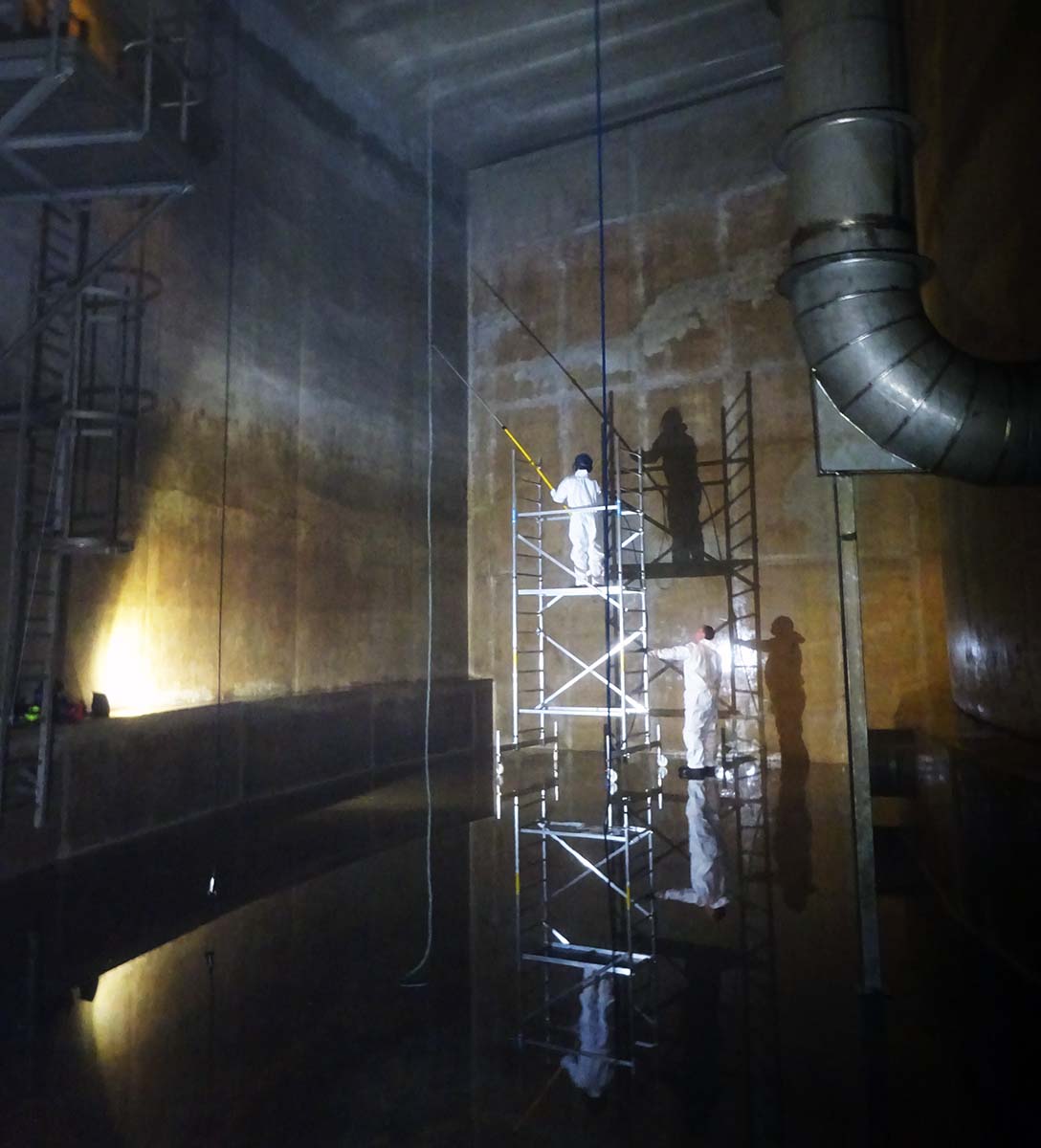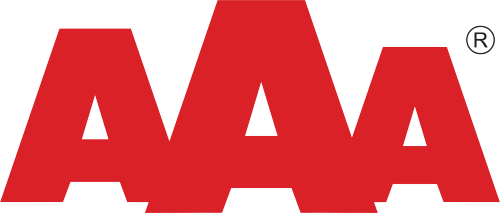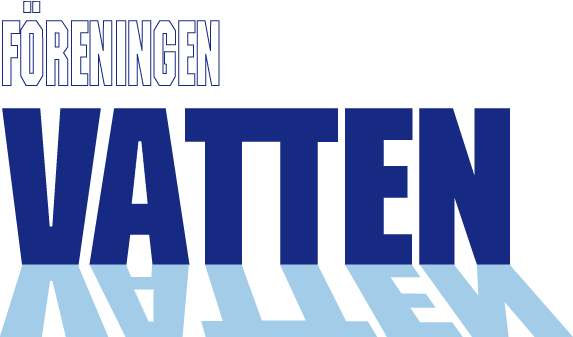Need for cleaning of drinking water reservoirs
Cleaning of a drinking water reservoir should only be performed when there is a need for cleaning. The time intervals can vary considerably between different reservoirs. What governs how often a cleaning is needed is how well tuned the process of drinking water production is at the waterworks. The status of water pipes and leakage from filters at waterworks also play a significant role. Filter material or sand may be pumped into the reservoirs when faults or disturbances occur.
- National trade association Swedish Water recommends cleaning the bottom surface if sediment at least 5 mm thick covers more than 90% of the surface.
- Swedish Water also recommends cleaning the reservoir if there are traces of organic activity in the sediment, regardless of coverage or thickness of the amount of sediment.
- Cleaning of the wall surface should be performed if there is thick sediment growth. In that case, manual cleaning is required.

If the reservoir is heavily soiled, manual cleaning is usually required
Manual cleaning of drained reservoir
The cleaning is performed by two or three workers with clean pressurized water without additives. Water can be supplied from a water tank or a connection from the drinking water system. Our pressure washer is equipped with check valves to minimize the risk of backflow to the drinking water system.
All surfaces in contact with water are cleaned; bottom surface and wall surfaces as well as columns. If the reservoir is more than nine meters tall, scaffolding is used as a work platform. In reservoirs with even greater height, a raft is assembled in the reservoir and used as a floating work platform. As the water surface is lowered, the walls are cleaned until the reservoir is drained and the bottom surface can be cleaned.
Noteworthy observations such as damaged surfacing or other details are documented by photo. After cleaning has been completed, the client is offered to inspect the reservoir before disinfection begins.
Disinfecting cleaned surfaces
After cleaning, all surfaces are disinfected according to recommendations by the national trade association Swedish Water. A solution containing 200 mg/l active chlorine is prepared and sprayed onto the surfaces inside the reservoir.
The water heater is disconnected and the chlorine solution is pumped from a designated mixing vat. During application, all personnel inside the reservoir must wear full-face respirators equipped with gas filters class B2 and particle filters.
Refilling the reservoir
The reservoir is refilled by the client. During the initial part of this process, the drain valve should be left open to clear out any debris that might be stuck in pipes or valves after cleaning. When the system is thoroughly flushed through, the reservoir can be refilled and taken back into service.




